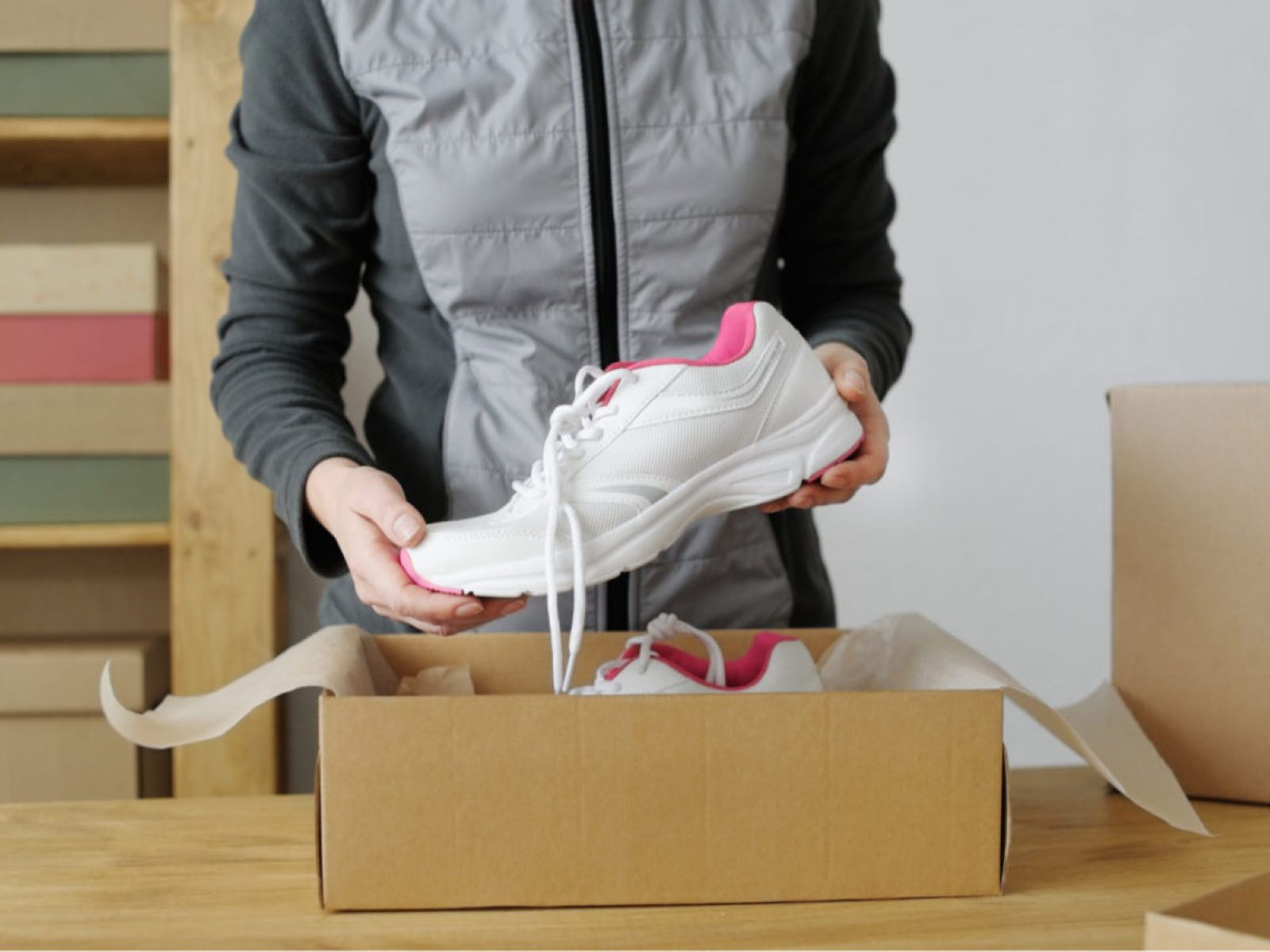

Articles
How To Store Shoes In Boxes
Modified: January 6, 2024
Learn how to properly store your shoes in boxes with these helpful articles. Protect your shoes from dust and damage by following these simple steps.
(Many of the links in this article redirect to a specific reviewed product. Your purchase of these products through affiliate links helps to generate commission for Storables.com, at no extra cost. Learn more)
Introduction
When it comes to keeping your shoes organized and in the best possible condition, storing them in boxes is an excellent solution. Whether you have a large shoe collection or just a few pairs, using proper storage boxes can help protect your footwear from dust, dirt, and damage caused by improper handling or exposure to the elements.
In this article, we will explore the benefits of storing shoes in boxes, guide you on how to choose the right boxes for shoe storage, and provide tips on preparing and organizing your shoes for long-term storage. By following these guidelines, you can ensure that your shoes remain in pristine condition and ready to wear whenever you need them.
So, why should you consider storing your shoes in boxes? Let’s delve into the advantages that this storage method offers.
Key Takeaways:
- Proper shoe storage in boxes offers protection from dust, damage, and disorganization, ensuring your footwear remains in pristine condition and easily accessible for long-term wear.
- Choosing the right storage boxes, preparing shoes for storage, and implementing labeling and organization are essential steps for maintaining the quality and longevity of your shoe collection.
Read more: How To Store Knee High Boots
Benefits of Storing Shoes in Boxes
Storing your shoes in boxes offers several advantages that can help prolong their lifespan and keep them looking their best. Here are some key benefits of using shoe storage boxes:
- Protection from Dust and Dirt: One of the primary benefits of storing shoes in boxes is that it provides a layer of protection from dust and dirt. Shoes that are left out in the open or stored in improper conditions are more likely to accumulate dust and dirt, which can be difficult to clean and can damage the shoe material over time. By keeping your shoes in boxes, you can prevent dust and dirt from settling on them, ensuring that they stay clean and ready to wear.
- Prevention of Damage: Storing shoes in boxes helps protect them from getting damaged. Shoes that are left on the floor or piled onto each other can easily get scuffed, squashed, or misshapen, leading to unsightly marks or even permanent damage. By placing your shoes in boxes, you create a barrier that prevents them from rubbing against each other or other objects, reducing the risk of scuffs and deformities.
- Preservation of Shoe Structure: Shoes, especially those made of delicate materials like leather or suede, are prone to losing their shape when not stored properly. The use of shoe storage boxes helps maintain the structure and form of your footwear, preventing them from losing their original shape or developing creases and wrinkles. This is particularly important for high-end or designer shoes that need extra care to retain their aesthetic appeal.
- Organization and Space Optimization: Storing shoes in boxes allows you to organize and maximize your storage space effectively. By keeping each pair of shoes in its own box, you can easily locate and retrieve them when needed, eliminating the time and frustration spent searching for matching pairs. Furthermore, stacking the shoe boxes neatly in a closet or storage area helps optimize space, making it easier to keep your shoe collection organized and clutter-free.
- Easy Accessibility: While shoe boxes provide protection and organization, they also offer the convenience of easy accessibility. With clear or labeled boxes, you can quickly identify the shoes you need without having to open every box or dig through piles of shoes. This saves time and effort, especially when you’re in a hurry.
Now that we understand the benefits of storing shoes in boxes, let’s move on to learn how to choose the right boxes for shoe storage.
Choosing the Right Boxes for Shoe Storage
When it comes to choosing boxes for shoe storage, there are a few key factors to consider. Here are some tips to help you select the right boxes:
- Size and Shape: Ensure that the boxes you choose are spacious enough to accommodate your shoes comfortably. Consider the size and shape of your footwear, including heels, bulky sneakers, or boots. Look for boxes that provide enough room for the shoes to fit without being squeezed or bent out of shape.
- Durable Material: Opt for boxes made of durable materials like plastic, acrylic, or sturdy cardboard. These materials offer better protection against moisture, dust, and insects compared to flimsy or cheaply-made boxes. Clear plastic boxes or those with transparent lids are especially useful as they allow you to easily see the contents and identify the shoes without having to open each box.
- Ventilation: Shoes need proper airflow to prevent the buildup of moisture and odors. Look for boxes that have ventilation holes or breathable fabrics to allow air circulation. This is particularly important for leather or suede shoes, as lack of ventilation can cause the materials to deteriorate or develop a musty smell.
- Stackability: Consider the stackability of the boxes. Opt for boxes that can be easily stacked on top of each other without compromise. This will help you save space and keep your shoe collection organized within a limited storage area.
- Labels or Window Inserts: To enhance organization and ease of access, choose boxes that come with labels or window inserts. Labels allow you to identify the shoes inside each box, while window inserts provide a quick visual reference without the need to open the box. These features can save you time when searching for a specific pair of shoes.
- Consider the Climate: If you live in a humid or damp climate, opt for boxes that provide extra protection against moisture. Look for boxes with airtight seals or consider using moisture-absorbing products like silica gel packs or desiccant packets to keep your shoes dry and free from mold or mildew.
By considering these factors, you can choose the right boxes that offer both protection and convenience for your shoe storage needs. Next, let’s explore the proper method of preparing your shoes for storage.
Preparing Shoes for Storage
Before storing your shoes in boxes, it’s important to properly prepare them to ensure their longevity and condition. Follow these steps to prepare your shoes for storage:
- Clean Your Shoes: Start by cleaning your shoes thoroughly. Remove any dirt, dust, or stains by using appropriate cleaning methods based on the material of your shoes. Follow manufacturer’s instructions or seek professional cleaning services if needed. Ensure that your shoes are completely dry before storing them to prevent the growth of mold or mildew.
- Condition Leather Shoes: If you have leather shoes, it’s beneficial to apply a leather conditioner after cleaning. Conditioning helps keep the leather supple and prevents it from drying out or cracking during storage. Choose a conditioning product that is specifically designed for the type of leather your shoes are made of, such as genuine leather, patent leather, or suede. Apply the conditioner following the instructions on the product label.
- Stuff with Shoe Trees or Tissue Paper: To help maintain the shape of your shoes while in storage, insert shoe trees or stuff them with acid-free tissue paper. Shoe trees not only keep the shoes in shape but also absorb moisture and odors. If you don’t have shoe trees, use crumpled tissue paper to fill the toe area and maintain the shoe’s form.
- Wrap Delicate Shoes: For delicate shoes, such as satin or silk options, consider wrapping them in acid-free tissue paper or soft fabric to protect them from friction or snagging against other shoes. This extra layer of protection will help prevent any damage or discoloration to the delicate material.
- Secure Loose Parts: Check your shoes for any loose parts, such as buckles, straps, or embellishments. If there are any detachable parts, secure or remove them to prevent them from getting damaged or lost during storage. Store the detached parts in a small zipper bag and attach it to the corresponding shoe to keep them together.
By taking the time to clean, condition, and properly prepare your shoes for storage, you can ensure that they remain in the best possible condition until you’re ready to wear them again. In the next section, we’ll delve into the process of properly storing shoes in boxes.
Properly Storing Shoes in Boxes
Now that your shoes are clean and prepared for storage, it’s time to learn the proper method of storing them in boxes to maintain their condition. Here are the steps to follow:
- Arrange in Pairs: Pair up your shoes before placing them in the boxes. This will make it easier to find and retrieve a specific pair when needed. Plus, it helps maintain their original shape and prevents them from getting tangled or damaged during storage.
- Place Shoes in Individual Boxes: Place each pair of shoes in their own individual box. Make sure that the shoes fit comfortably in the box without being excessively squeezed or pressed against the sides. If the shoes have adjustable straps or laces, fasten them loosely to prevent distortion but still allow room for movement.
- Add Extra Padding: If you have shoes with delicate or intricate designs, consider adding extra padding to protect them during storage. You can use bubble wrap, foam inserts, or soft cloth to create a cushioning layer around the shoes. This will help prevent any potential damage or deformation from pressure or impact.
- Close and Seal Boxes: Once your shoes are placed in their boxes, securely close and seal the boxes. If you’re using plastic or acrylic boxes with lids, ensure that the lids are properly sealed to keep out dust, dirt, and pests. For cardboard boxes, securely tape the flaps to prevent them from reopening during storage.
- Stack in an Organized Manner: Stack the shoe boxes in an organized manner in your storage area. Place the heavier and sturdier boxes at the bottom to provide a stable base. You can stack the boxes in rows or columns depending on the available space. It’s important to avoid stacking them too high or in an unstable manner to prevent them from toppling over.
Remember, when stacking shoe boxes, it’s essential to leave enough room between the top of the shoes and the bottom of the box above to avoid putting excess pressure on the shoes. This helps prevent any potential damage to the shoes’ structure or shape.
By following these steps, you can ensure that your shoes are properly stored in boxes, protecting them from dust, damage, and disorganization. In the next section, we’ll discuss the importance of labeling and organizing your shoe boxes.
When storing shoes in boxes, be sure to clean and dry them thoroughly before placing them in the box. This will help prevent any mold or mildew from forming and keep your shoes in good condition.
Read more: How To Store Thigh High Boots
Labeling and Organizing Shoe Boxes
Labeling and organizing your shoe boxes is crucial for easy accessibility and maintaining an orderly shoe collection. Here are some tips to help you label and organize your shoe boxes effectively:
- Label the Boxes: Use adhesive labels or a permanent marker to label each shoe box. Write down the type of shoes or specific details about the shoes inside the box. This will make it easier to locate the exact pair you’re looking for without having to open every box.
- Use Clear Plastic Sleeves: Consider using transparent plastic sleeves or pouches on the outside of the shoe boxes. These sleeves can hold photographs or printed images of the shoes inside, giving you a quick visual reference of the contents of each box. This method is especially helpful if you have many similar-looking shoe boxes.
- Organize by Style or Occasion: Categorize your shoe boxes based on the style, occasion, or season. You can have separate boxes for sneakers, high heels, boots, casual shoes, or special occasion shoes. This categorization makes it easier to locate the specific types of shoes you need for different outfits or events.
- Create an Inventory List: Keep track of your shoe collection by creating an inventory list. Note down the shoes you own, their condition, and the corresponding box number. This helps you keep track of your collection and identify any missing or misplaced shoes. You can maintain this list on a spreadsheet or use shoe inventory management apps to make it easily accessible.
- Arrange in Order of Use: If you have multiple shoe boxes for the same style, consider arranging them in order of use. Place the frequently worn shoes at the front for easy access, and place the less frequently worn ones towards the back. This way, you’ll be able to rotate through your shoes and prevent any pairs from being neglected for too long.
- Create a Shoe Box Catalog: For larger shoe collections, create a catalog or index of your shoe boxes. Assign each box a number and record the details and location of each pair of shoes in a separate catalog. This allows you to quickly search for specific shoes and locate them within your storage space.
By labeling and organizing your shoe boxes, you can save time and frustration when searching for a particular pair. It also helps you keep track of your shoe collection, making it easier to maintain and update over time.
Now that we’ve covered the essentials of labeling and organizing your shoe boxes, let’s move on to some tips to consider for long-term shoe storage.
Tips for Long-Term Shoe Storage
Long-term shoe storage requires extra care and consideration to ensure that your shoes remain in optimal condition. Here are some key tips to keep in mind:
- Store in a Cool and Dry Environment: Choose a storage area that is cool, dry, and well-ventilated. Avoid areas that are prone to humidity, fluctuating temperatures, or excessive moisture, as these conditions can damage the material and lead to mold or mildew growth. If possible, use a dehumidifier or silica gel packets to regulate moisture levels.
- Avoid Sunlight Exposure: Direct sunlight can cause fading, discoloration, and deterioration of shoe materials. Ensure that your storage area is shielded from direct sunlight to protect your shoes from UV rays. If sunlight is unavoidable, cover the shoe boxes with a cloth or use opaque storage containers to block out the light.
- Rotate Shoes Periodically: If you’re storing your shoes for an extended period, it’s advisable to rotate them every few months. This helps prevent the shoes from getting too compressed or deformed by maintaining their shape and allowing them to breathe. It also gives you an opportunity to inspect the shoes for any signs of damage or wear that may require attention.
- Keep Shoes Away from Chemicals: Avoid storing your shoes near harsh chemicals or cleaning products, as they can lead to discoloration or damage to the shoe materials. Additionally, refrain from storing shoes near strong-smelling items like mothballs or perfumes, as the odors can transfer to the shoes and be difficult to eliminate.
- Regularly Check for Pest Infestations: Inspect your shoe storage area regularly for any signs of pest infestations, such as insects or rodents. These pests can cause damage to your shoes by chewing on the material or leaving droppings behind. If you notice any signs of infestation, take immediate action to eliminate the pests and protect your shoe collection.
- Monitor Shoe Condition: Periodically check on the condition of your stored shoes. Look for signs of deterioration, such as cracks, loose parts, or mold growth. If you notice any issues, take the necessary steps to address them promptly. For instance, apply leather conditioner to prevent drying out or repair small damages to the shoe structure.
- Replace Shoe Boxes if Necessary: Over time, shoe boxes can become worn or damaged. If you notice that your shoe boxes are weakened or no longer provide adequate protection, consider replacing them with new ones. Investing in quality storage boxes ensures the longevity and protection of your shoes.
By following these tips, you can maintain your shoes’ quality and ensure their longevity during long-term storage. Now, let’s address some common questions about shoe storage.
Frequently Asked Questions
Q: How long can I store shoes in boxes?
A: Shoes can be stored in boxes for an extended period, as long as they are properly cleaned, prepared, and stored in a suitable environment. However, it’s recommended to rotate and inspect your shoes periodically to ensure they remain in good condition.
Q: Can I store shoes that are wet or damp?
A: It’s important to ensure that your shoes are completely dry before storing them in boxes. Moisture can lead to mold, mildew, and deterioration of the shoe material. Allow your shoes to air dry naturally before placing them in storage boxes.
Q: Should I store my shoes in their original shoe boxes?
A: Storing shoes in their original shoe boxes can be a great option, as they are specifically designed to protect and store the shoes. However, if you no longer have the original boxes or prefer a different storage solution, you can use alternative storage boxes or clear plastic shoe boxes.
Q: How many pairs of shoes should I place in each box?
A: It’s best to place one pair of shoes in each box to prevent them from rubbing against each other and causing damage. If the shoes are delicate or have intricate designs, consider placing extra padding or wrapping them individually for added protection.
Q: How do I prevent odor buildup in stored shoes?
A: To prevent odor buildup, make sure that your shoes are clean and completely dry before storing them. You can also place odor-absorbing products like activated charcoal or baking soda in the boxes to help absorb any odors that may develop over time.
Q: Can I store shoes in plastic bags instead of boxes?
A: Storing shoes in plastic bags is not recommended, as it can trap moisture and promote mold growth. It’s best to use breathable storage boxes or containers that allow for proper airflow and ventilation.
Q: Should I use mothballs to prevent pests in shoe storage?
A: Mothballs contain chemicals that can be harmful to both humans and pets. Instead of using mothballs, you can consider using natural pest deterrents like cedar chips, lavender sachets, or essential oils to ward off pests from your shoe storage area.
Q: How often should I check on my stored shoes?
A: It’s recommended to check on your stored shoes every few months. This allows you to inspect their condition, address any issues promptly, and rotate them to prevent deformation or damage from prolonged storage.
Q: Can I store shoes on the floor of my closet?
A: Storing shoes on the floor of your closet is acceptable as long as the floor is clean and the shoes are protected in storage boxes. However, it’s important to ensure that the shoes are not exposed to excessive moisture or dirt that may accumulate on the closet floor.
Q: How do I prevent fading of colored or dyed shoes during storage?
A: To prevent fading, store colored or dyed shoes away from direct sunlight and use opaque or light-blocking storage containers. Additionally, avoid storing them near heat sources as excessive heat can also cause color fading.
Remember, proper shoe storage is essential for maintaining the quality and longevity of your footwear. If you have any specific concerns about storing certain types of shoes, it’s always best to refer to the manufacturer’s guidelines or seek professional advice.
Now that we’ve covered some common questions, let’s wrap up the article.
Conclusion
Storing your shoes in boxes is a practical and effective way to keep them organized, protected, and in excellent condition. By following the tips and guidelines outlined in this article, you can ensure that your shoe collection remains in optimal shape, ready to wear whenever you need them.
We explored the benefits of storing shoes in boxes, including protection from dust and dirt, prevention of damage, preservation of shoe structure, organization, and easy accessibility. We discussed how to choose the right boxes for shoe storage, considering factors such as size, material, ventilation, stackability, and labeling.
In addition, we provided steps for properly preparing shoes for storage, including cleaning, conditioning, and taking precautions for delicate shoes. We then discussed the proper method of storing shoes in boxes, arranging them in pairs, adding extra padding if needed, and securely closing and organizing the boxes.
Labeling and organizing the shoe boxes were also highlighted as essential steps to easily locate and access your shoes. We discussed the importance of categorizing, creating inventories, and implementing cataloging systems for efficient organization. Finally, we provided tips for long-term shoe storage, including storing in a cool and dry environment, avoiding sunlight exposure, regularly checking for pests, and monitoring the condition of your stored shoes.
By implementing these strategies and following the best practices for shoe storage, you can ensure that your shoes are well-maintained, protected from damage, and easily accessible whenever you need them.
Remember, every step you take in caring for your shoes contributes to their longevity and preserves their aesthetic appeal. With proper storage, your shoe collection can remain a source of pride and a joy to wear for years to come.
So go ahead, embrace the organization and protection that shoe storage boxes offer, and enjoy the ease and convenience of a well-preserved shoe collection!
Frequently Asked Questions about How To Store Shoes In Boxes
Was this page helpful?
At Storables.com, we guarantee accurate and reliable information. Our content, validated by Expert Board Contributors, is crafted following stringent Editorial Policies. We're committed to providing you with well-researched, expert-backed insights for all your informational needs.
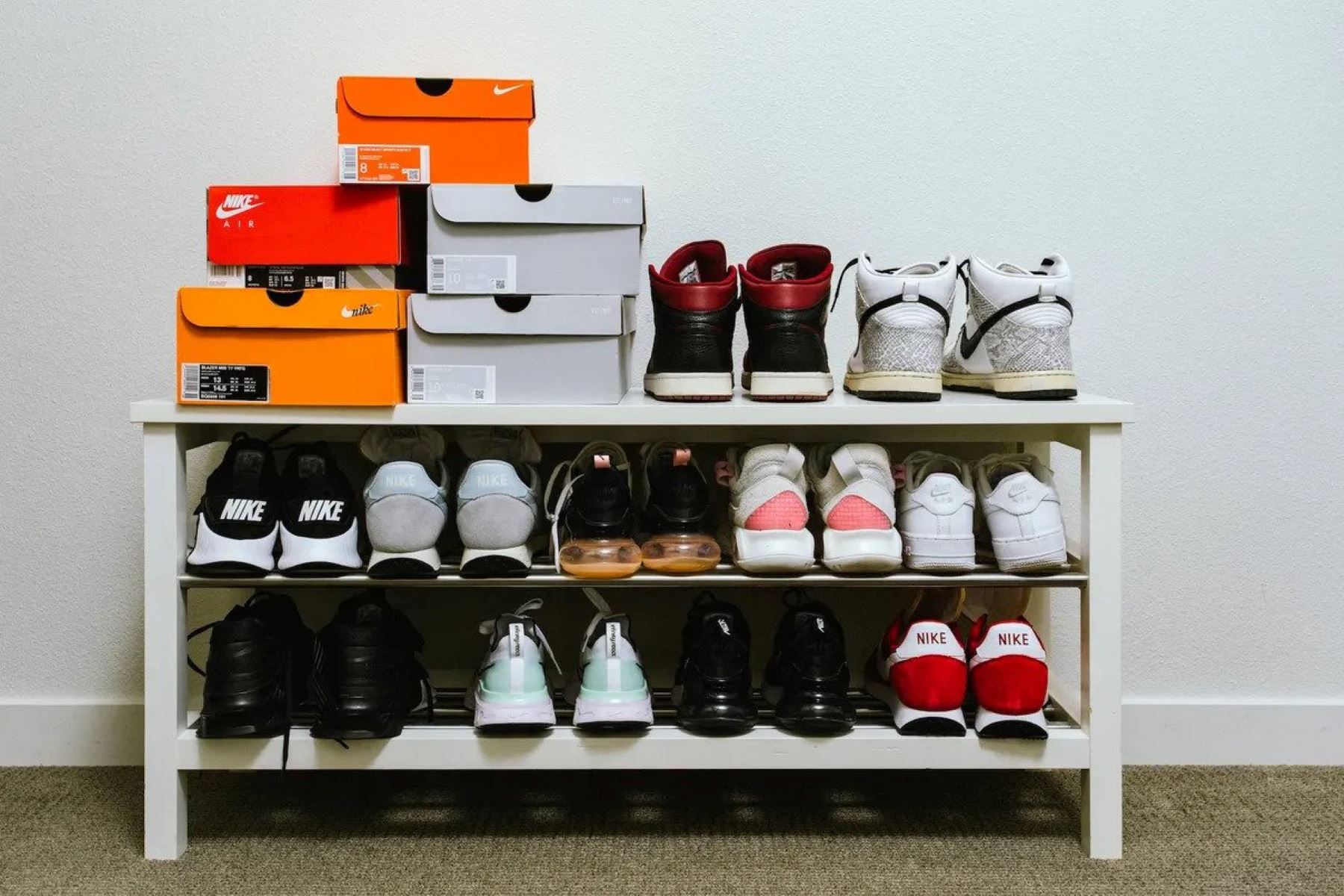
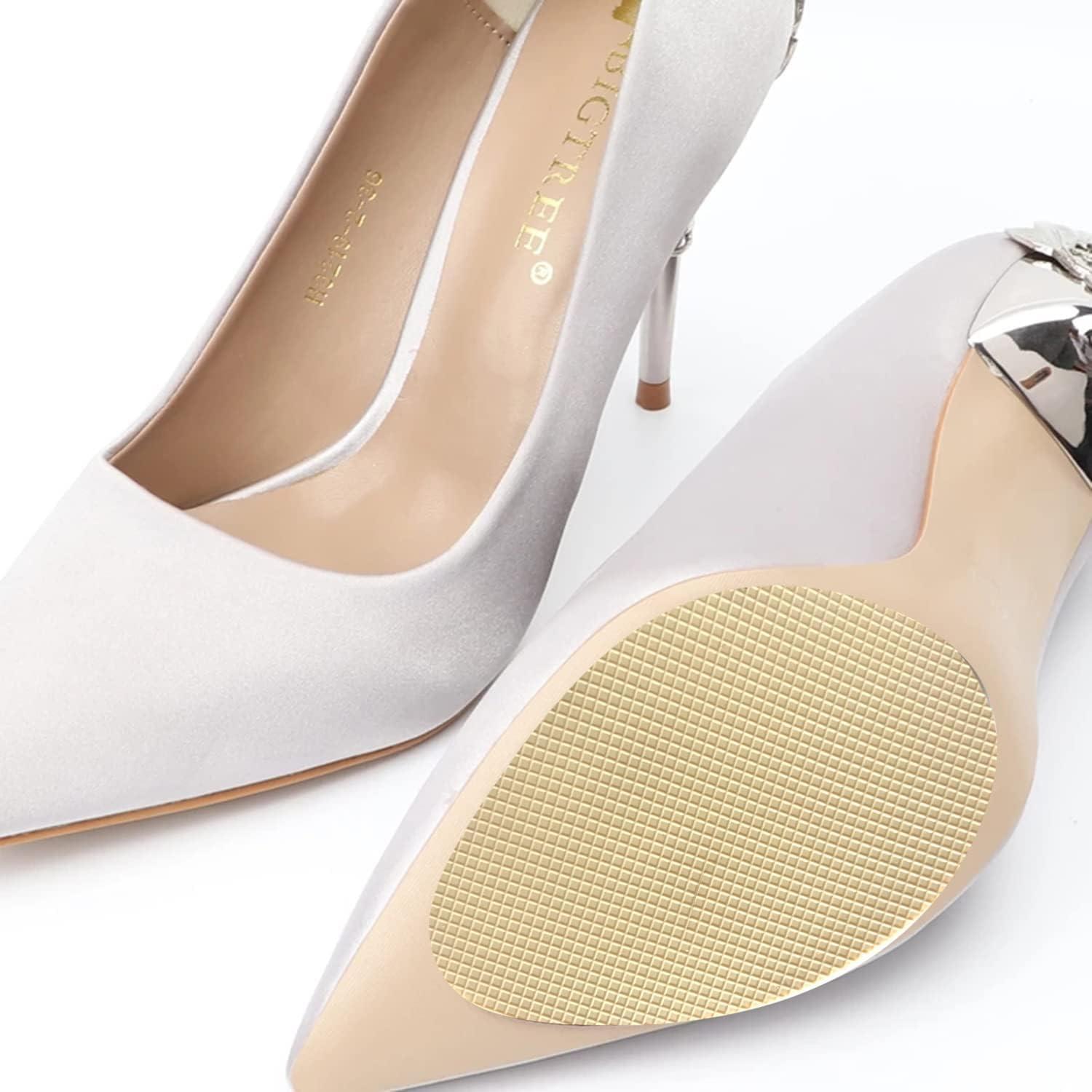
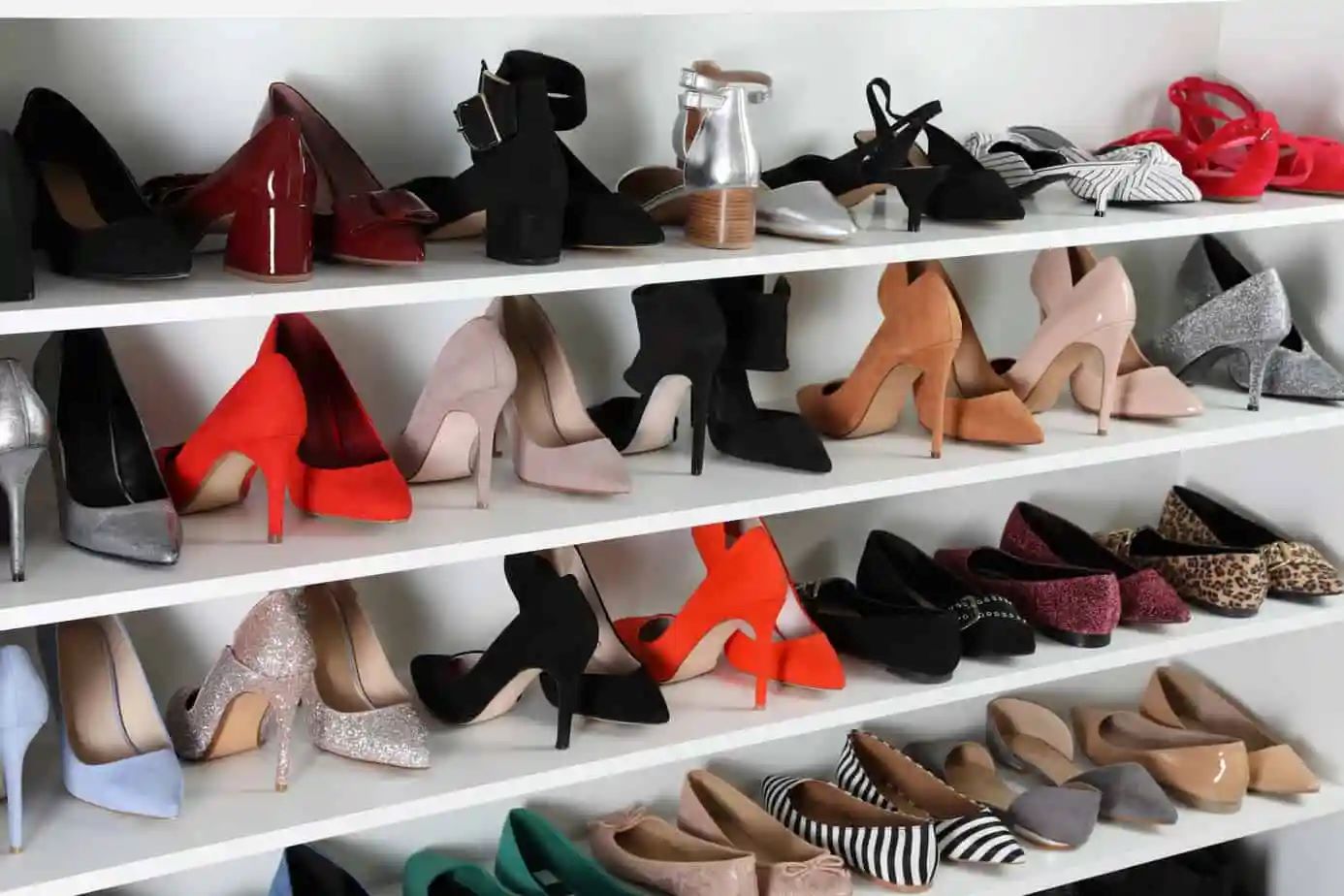
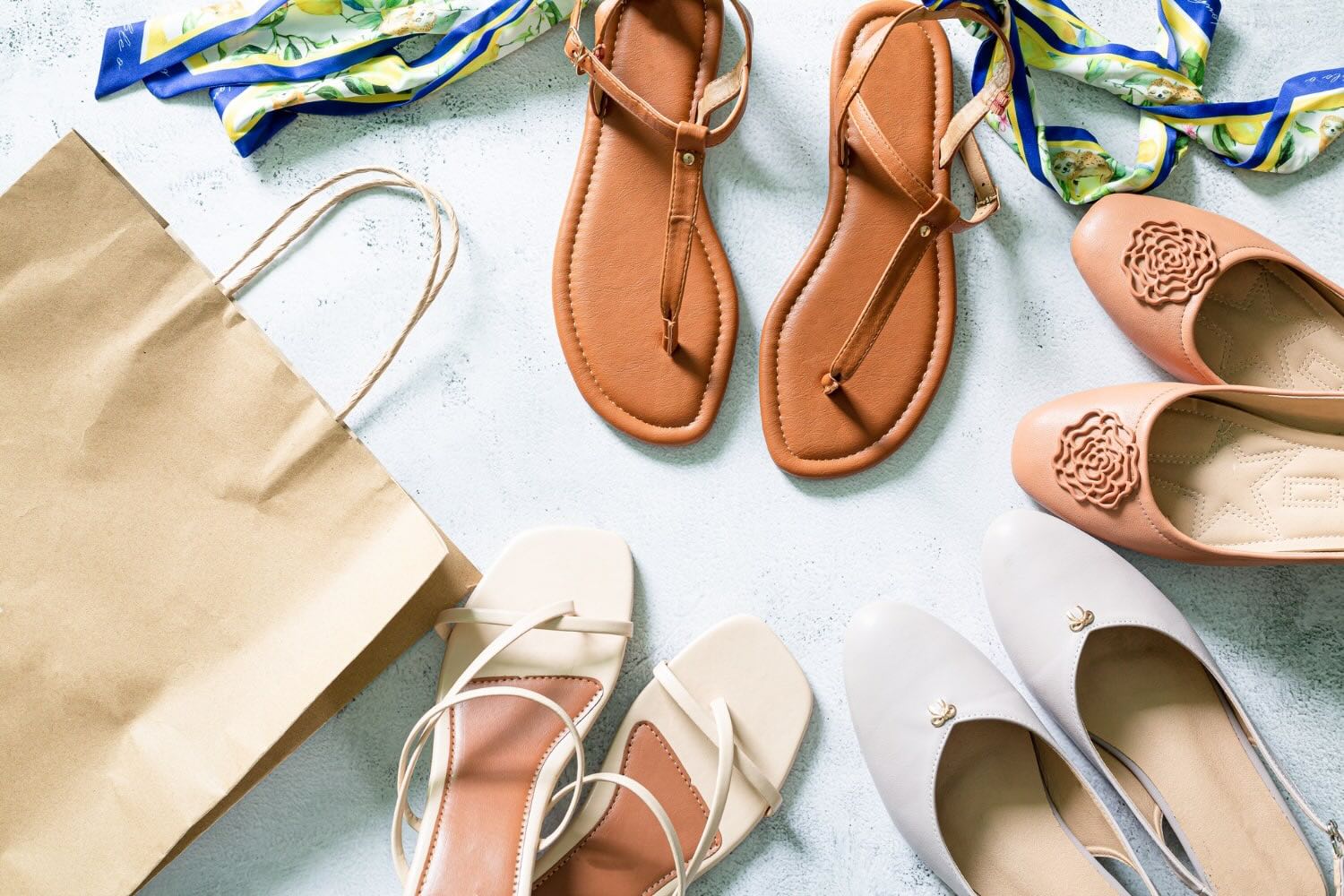
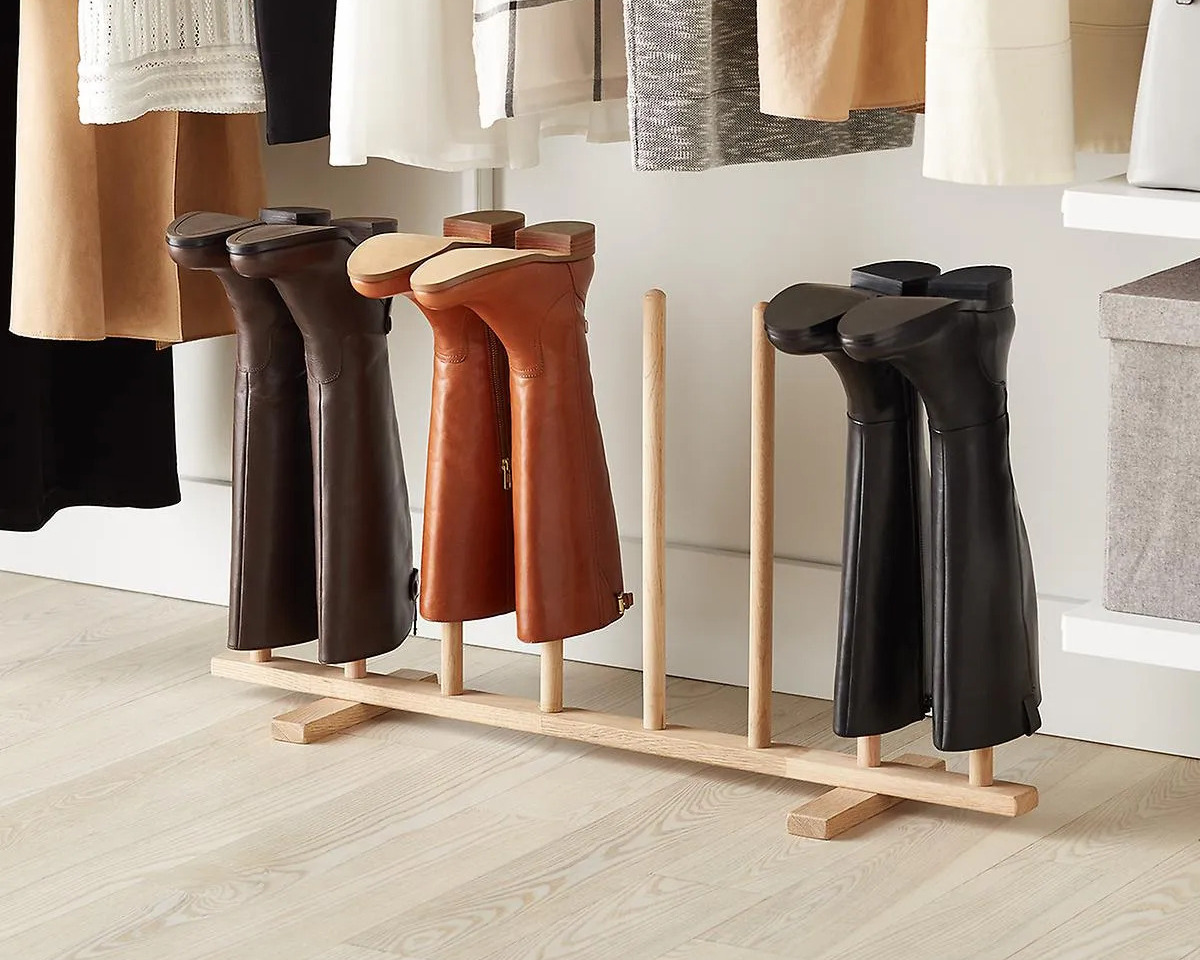
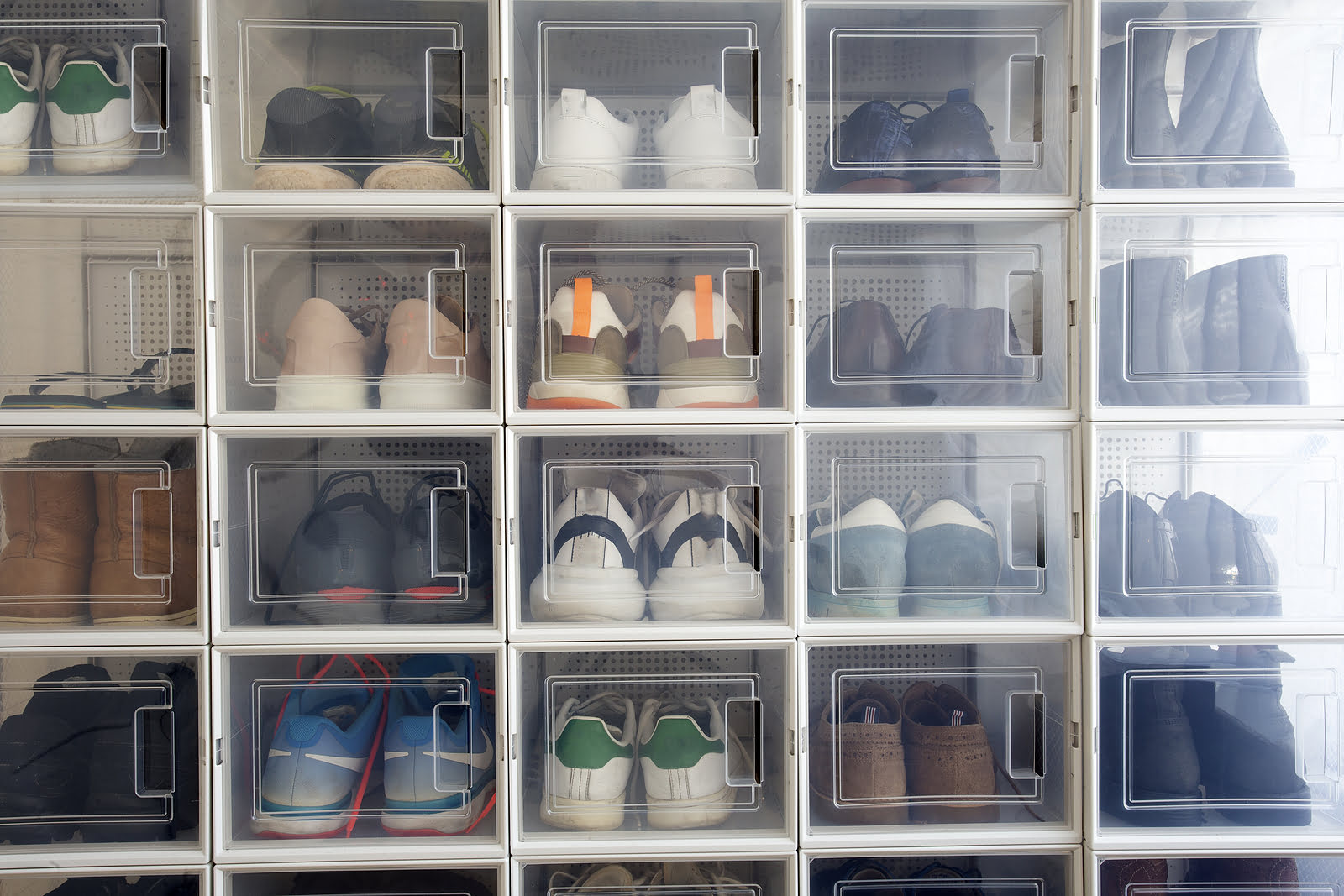
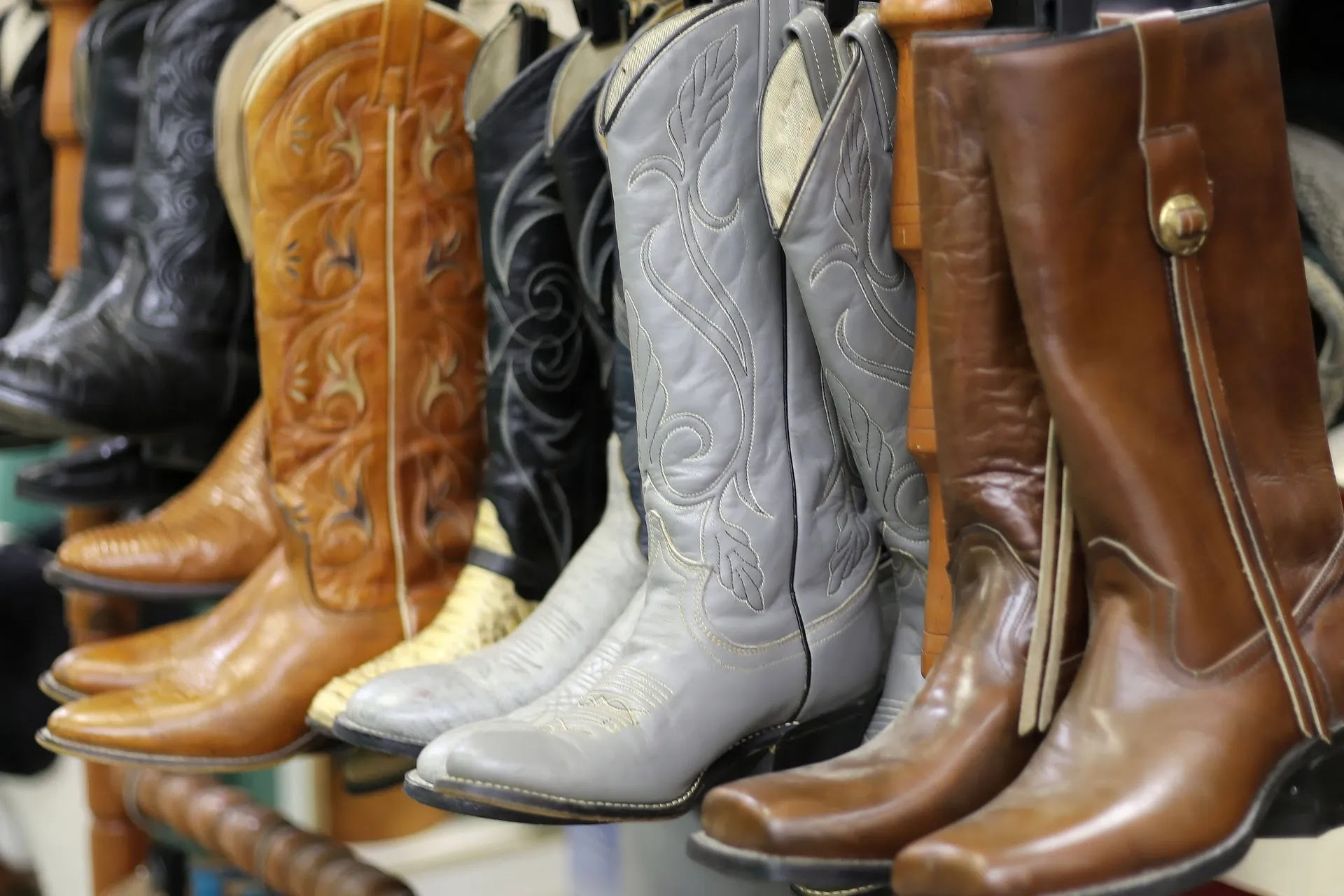
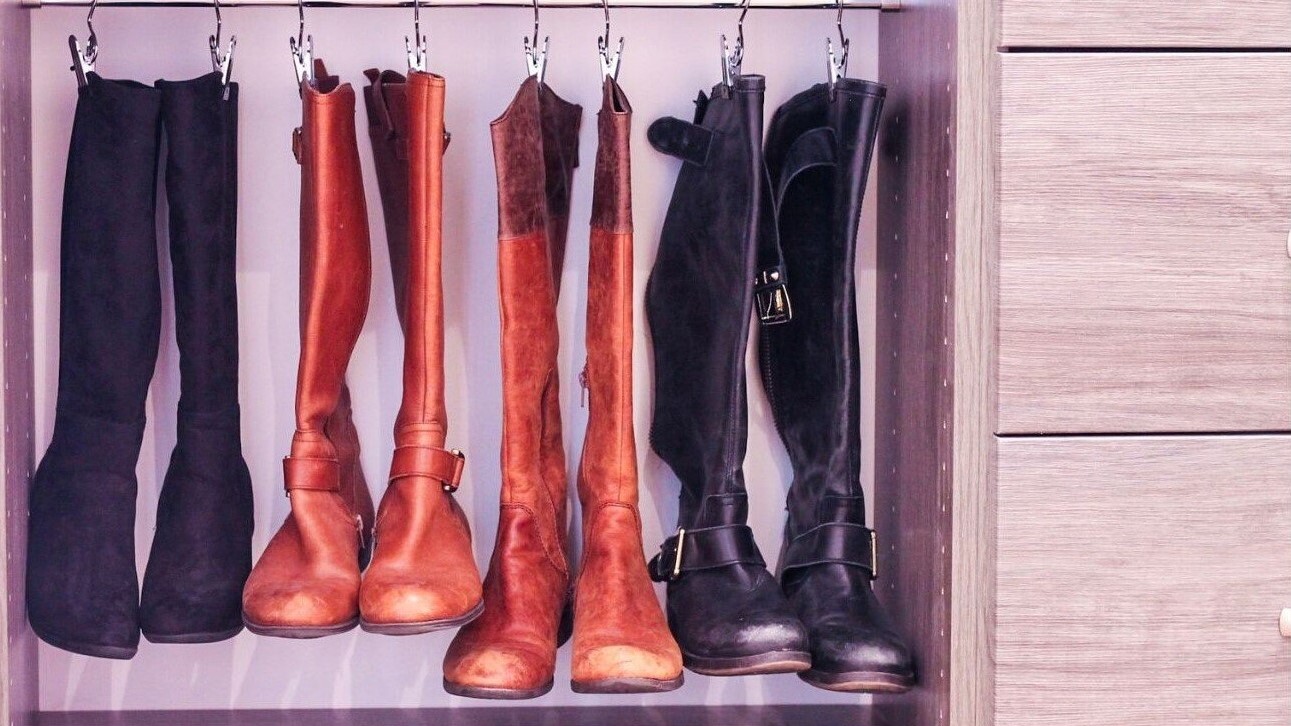
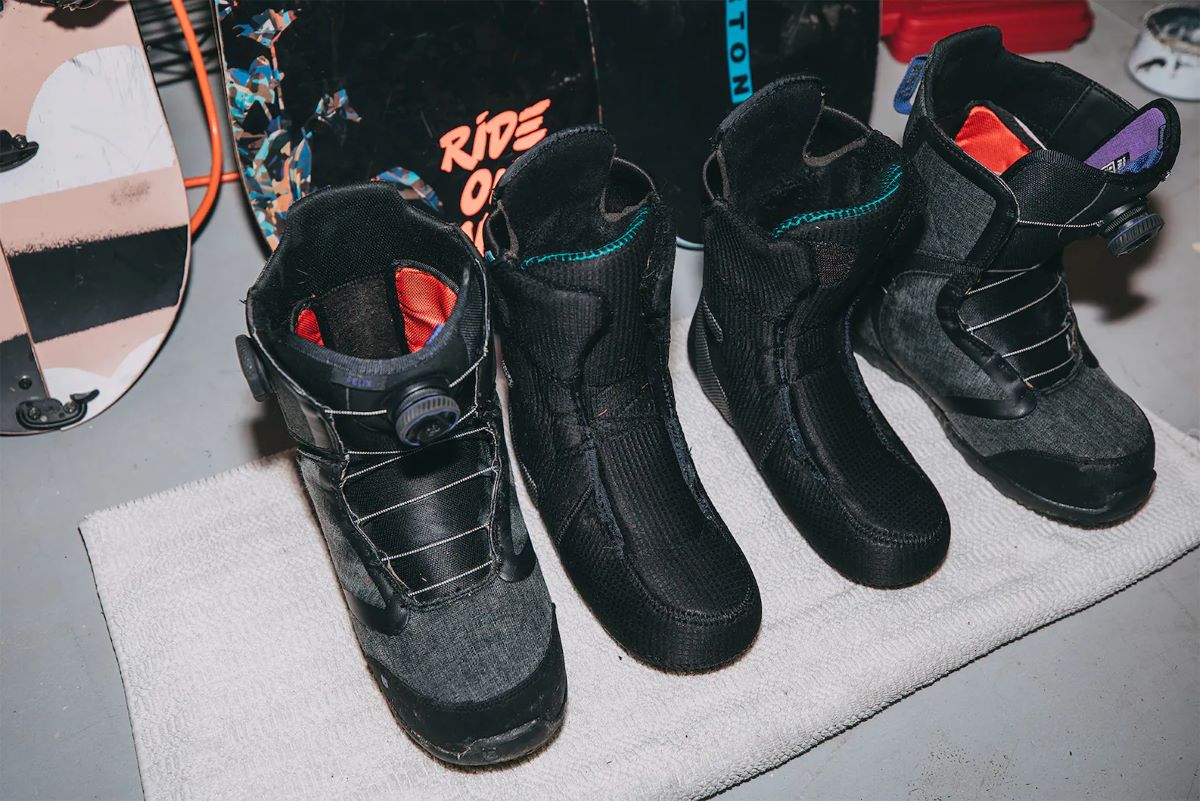
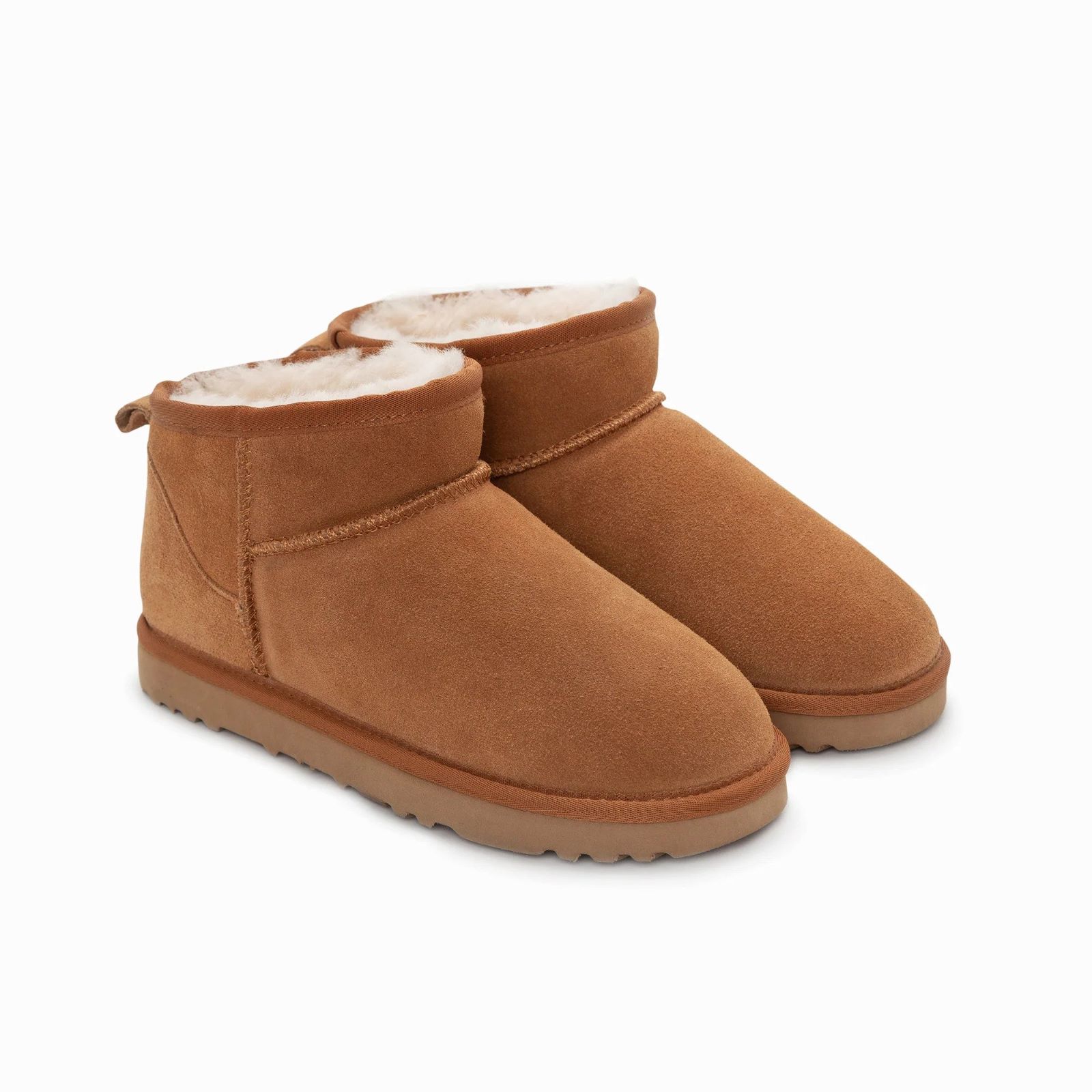
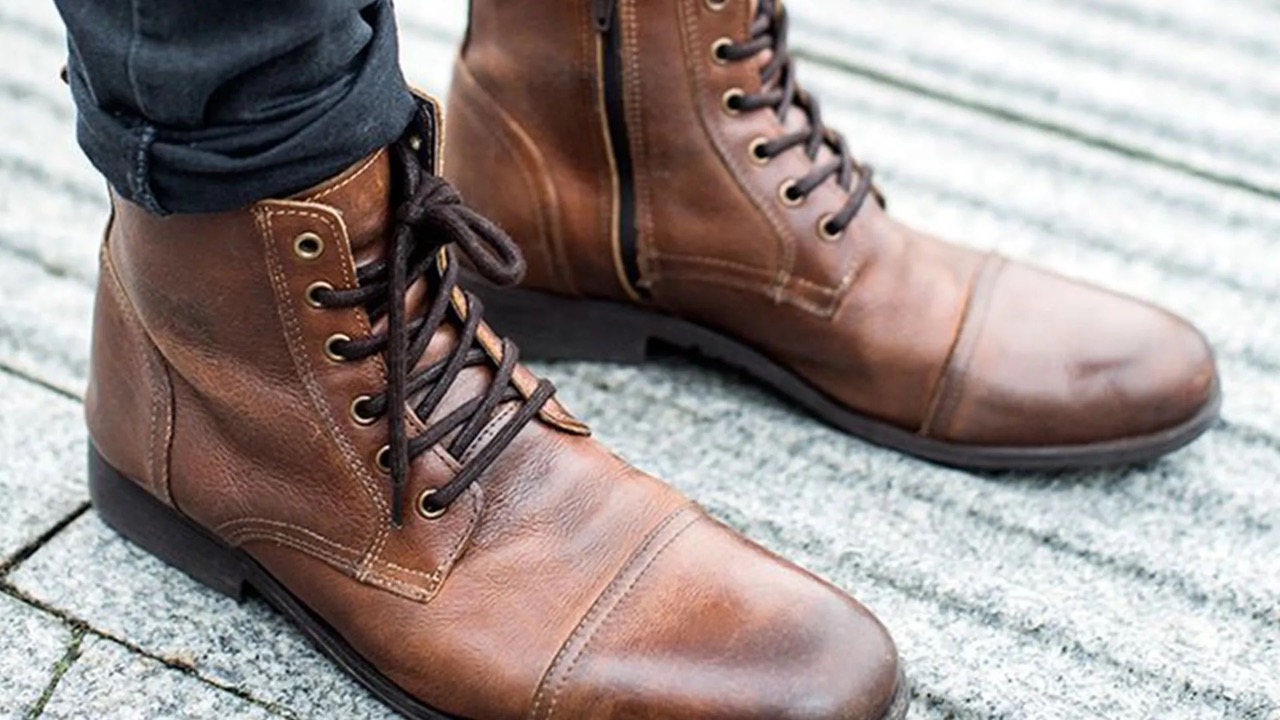
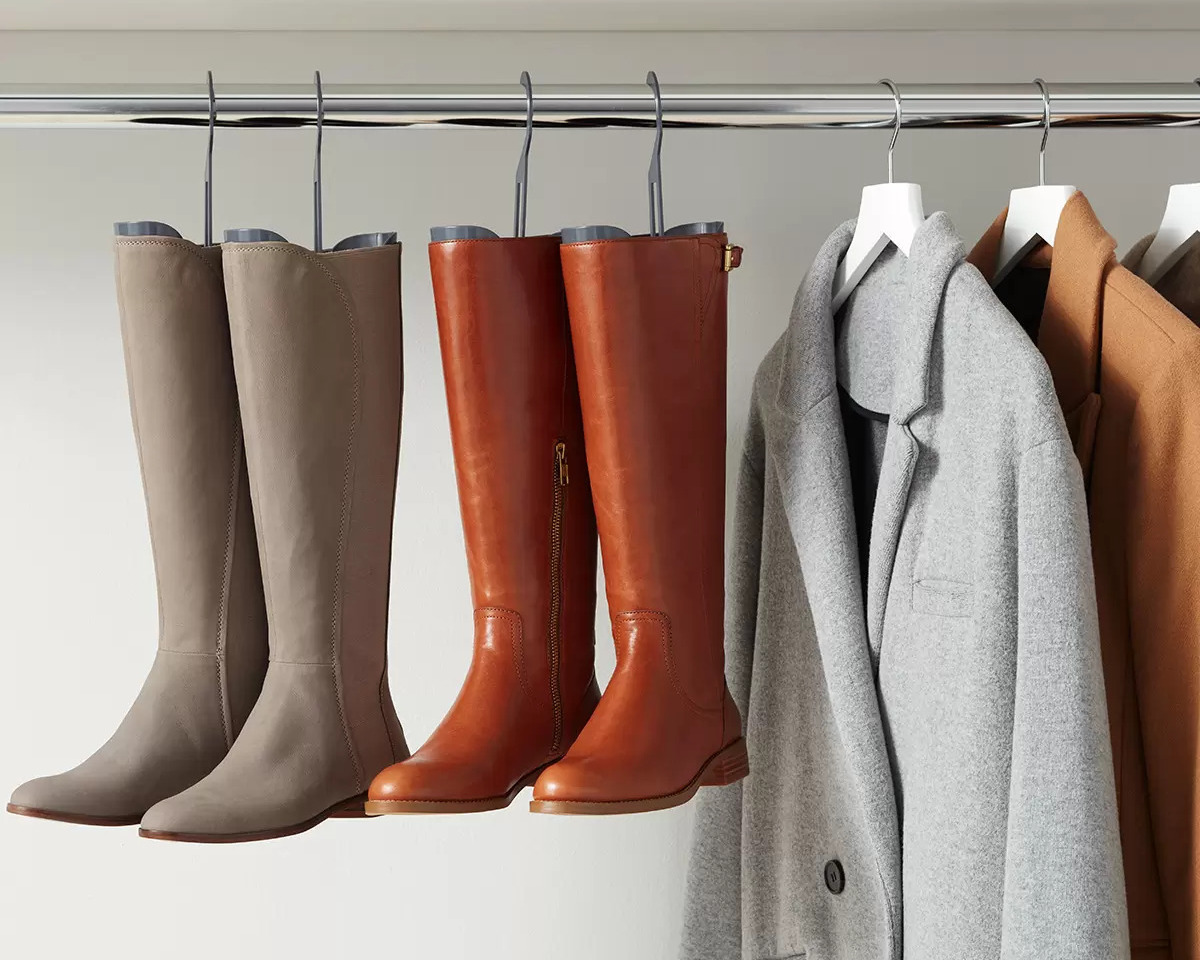
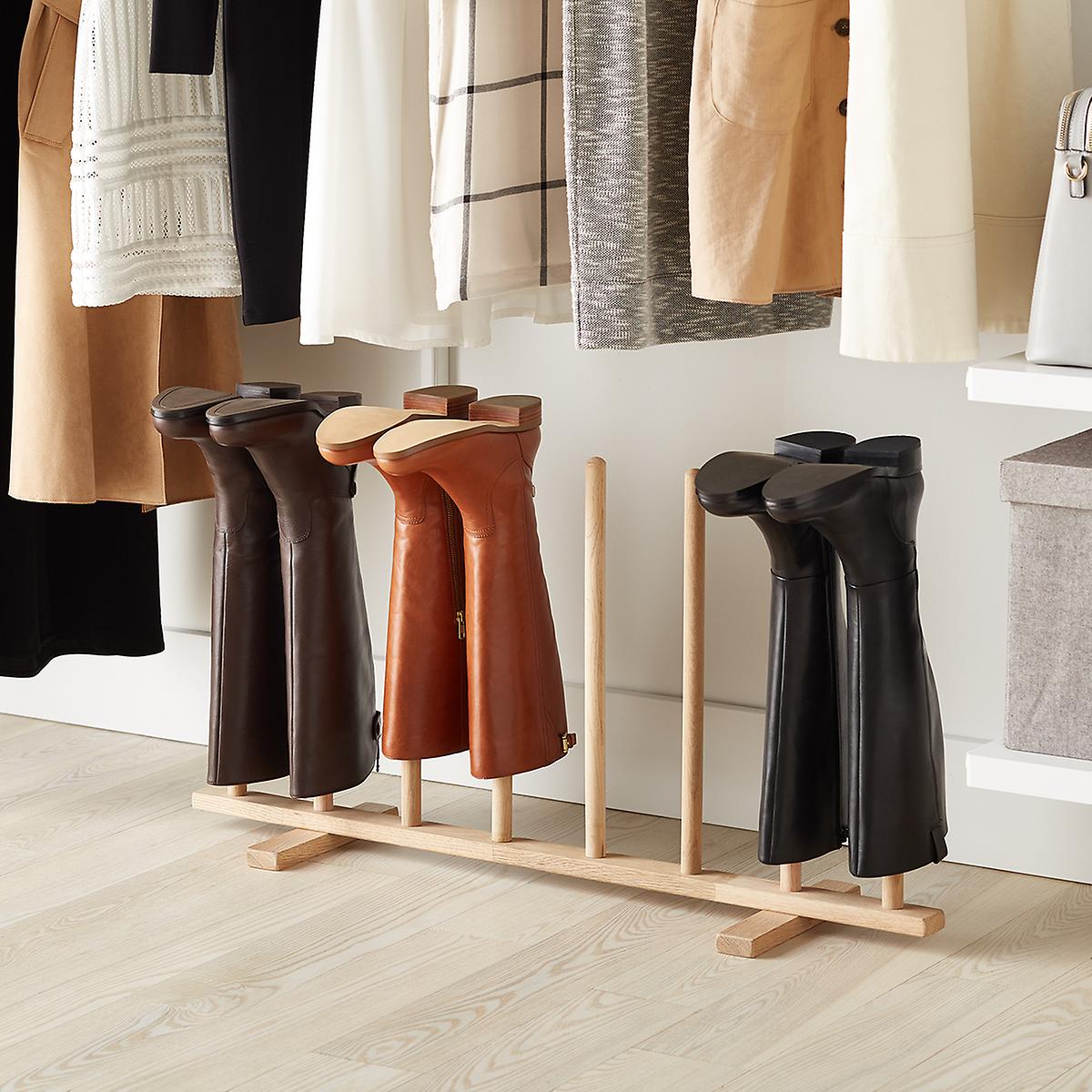
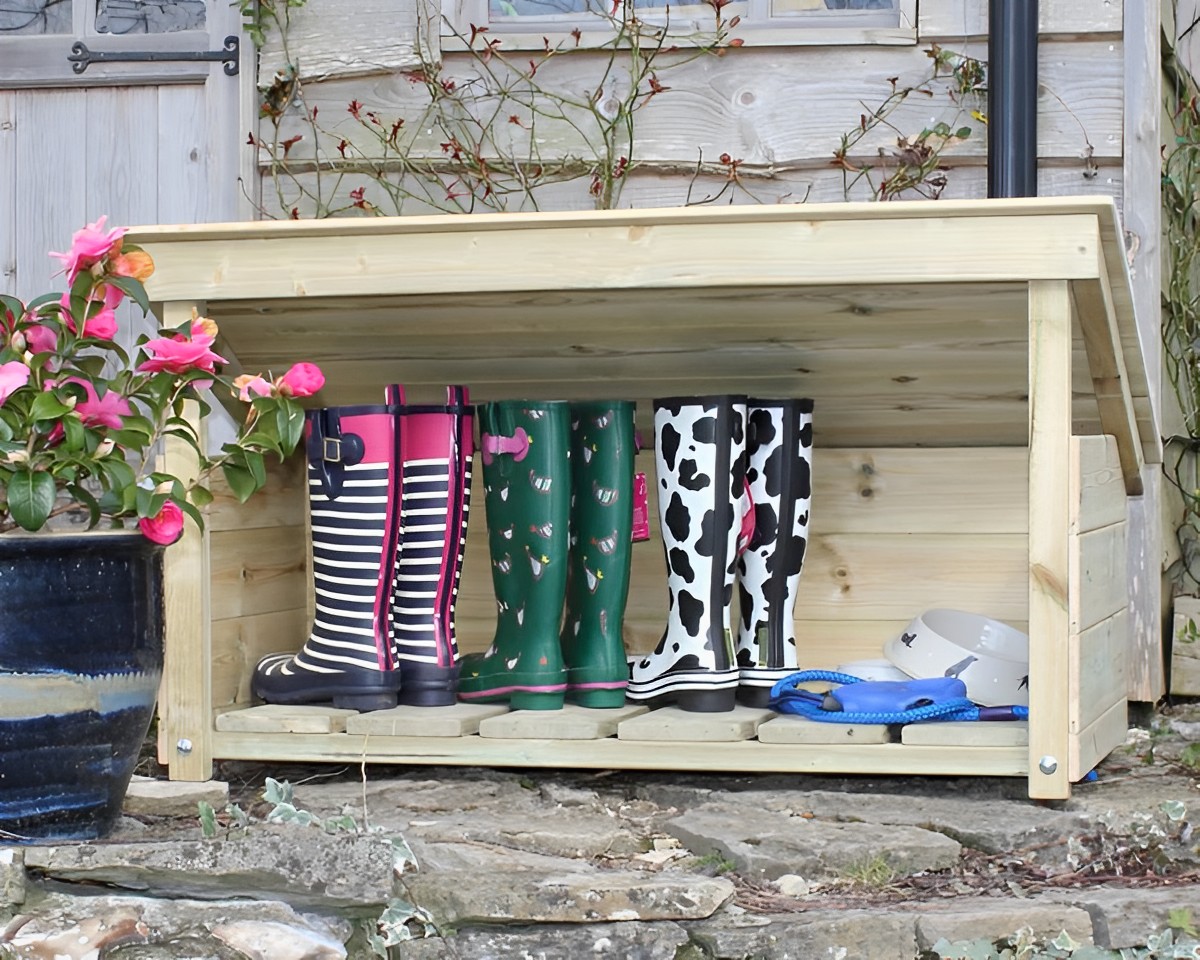

0 thoughts on “How To Store Shoes In Boxes”